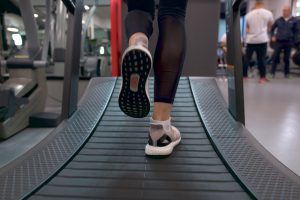
I engage in recreational running and go to the gym.
For a year now, I’ve been having issues with the attachment of the Achilles tendon to the heel. The pain is present all day, stronger in the morning and after training.
My heel appears swollen. I’ve been to physiotherapy, wear insoles, and a month ago I even had shockwave therapy.
Nothing helps. What else can I do to reduce the pain?
The attachment of the tendon to the bone is usually the area with the poorest blood circulation and the slowest metabolism. It’s important to understand that tendon healing is slower than bone healing, and in the case of a chronic process, it’s even slower.
In physiotherapy, we have a whole arsenal of procedures available to speed up or stimulate healing. When everything has been tried and the results are not satisfactory, there is an indication for surgical intervention. However, before that, and based on experience, at Scipin, we take another step, which is based on diagnosis and then modification of the training process.
During the healing of the attachment of the tendon to the bone, it’s important to maintain a certain level of physical activity to promote healing through better circulation of bodily fluids and through forces of tension and pressure that can accelerate the process. However, as in other areas of medicine, here too, dosage is crucial. If the load is too high, it will not only increase pain but also exacerbate the injury itself, illustrating the old adage that the difference between a remedy and a poison lies only in the dose.
By adhering to training modifications, in combination with some physiotherapy methods (TECAR, transverse friction massage, vibrational stimulation), and over a long enough period (several months), we have managed to completely resolve the problem for some of our patients, and they are now able to engage in sports without hindrance.
Therapy alone is sometimes not enough. What happens to the injured part or the body as a whole between therapeutic procedures becomes more important.
